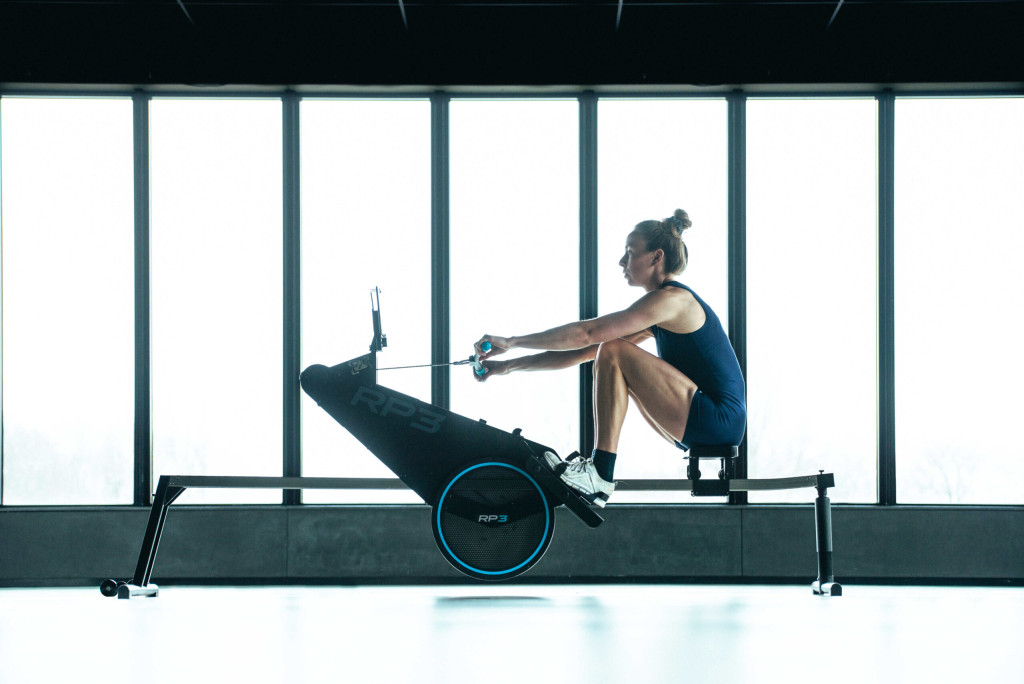Best low-impact cardio options for home
Discover 5 effective low-impact cardio options for home workouts that protect your joints while boosting fitness. Transform your health journey with these sustainable exercises for
Searching for an exercise that builds strength without sacrificing flexibility? You might be surprised to learn that rowing delivers the perfect balance of both. Unlike many traditional workouts that focus primarily on building muscle or increasing mobility, rowing uniquely combines these benefits into one efficient movement pattern. Whether you’re recovering from an injury, looking to stay active with minimal joint stress, or simply seeking a complete home fitness solution, rowing offers a rare combination of strength development and improved range of motion. Let’s explore how this single exercise manages to deliver such comprehensive physical benefits.
Rowing stands apart from other exercises through its distinctive four-phase stroke sequence: the catch, drive, finish, and recovery. This complete cycle creates a seamless flow of movement that engages multiple muscle groups while requiring a wide range of motion.
At the catch position, you’ll find yourself compressed with knees bent and arms extended forward. From here, the drive phase begins as you push powerfully through your legs, followed by leaning back slightly and pulling with your arms. During the finish, your legs are extended, back slightly reclined, and the handle pulled to your lower ribs. The recovery phase reverses this sequence as you return to the catch position.
What makes rowing biomechanics particularly effective is how it combines both concentric (muscle shortening) and eccentric (muscle lengthening) contractions. During the drive, muscles work concentrically as you generate power. During the recovery, eccentric control is required as you gradually return to the starting position, building strength while simultaneously training your muscles to work through their full range of motion.
Unlike isolated strength exercises or static stretching, rowing trains your body in a dynamic, functional pattern that mimics natural human movement. This is why many people find that rowing translates exceptionally well to improved physical capacity in everyday activities.
One of rowing’s most impressive attributes is its ability to engage approximately 85% of your body’s muscles in a single, coordinated movement pattern. This full-body engagement works muscles in a sequential, integrated fashion rather than isolating them.
The power of each stroke begins with the lower body, primarily activating:
As the stroke progresses, core muscles engage to transfer power from lower to upper body:
Finally, the upper body completes the stroke, working:
This progressive muscle activation sequence represents a full-body strength exercise that few other workouts can match in efficiency and comprehensiveness. To understand more about how these muscles work together, check out our detailed science of rowing resources.
While many people think of rowing primarily as a strength and cardiovascular exercise, its impact on flexibility is equally important. Rowing develops what can be called “functional flexibility” – mobility that directly transfers to real-world movements and activities.
Each rowing stroke takes your body through a substantial range of motion, particularly in areas where many people experience tightness:
What makes rowing particularly effective for improving flexibility is its dynamic nature. Rather than holding static stretches, which may have limited carryover to movement, rowing actively trains your body to move comfortably through its range of motion under control.
With consistent practice, this gentle, repeated movement pattern gradually increases mobility without ever forcing your body into extreme positions. This progressive approach to flexibility is both safer and more effective than aggressive stretching, especially for those with existing mobility limitations.
Modern lifestyles often create postural imbalances, with excessive sitting leading to rounded shoulders, weakened core muscles, and poor spinal alignment. Rowing directly counteracts these challenges by reinforcing proper alignment patterns and building the functional core strength needed for good posture.
The rowing stroke, when performed correctly, reinforces:
These improvements translate directly into better everyday posture and balance. As your body becomes accustomed to proper alignment during rowing, it naturally begins to maintain these patterns during daily activities. The core strength developed through rowing also contributes to improved balance, giving you greater stability whether you’re walking on uneven surfaces or simply standing from a seated position.
Unlike high-impact activities that can stress joints, rowing offers a low-impact alternative that still delivers impressive strength and cardiovascular benefits. This makes it particularly suitable for those with joint concerns, previous injuries, or anyone looking to exercise safely over the long term.
The gentle nature of rowing comes from several factors:
With dynamic rowing machines, this joint-friendly nature is enhanced further. These machines move with you rather than remaining stationary, creating an even more natural movement pattern that closely mimics on-water rowing. This dynamic movement reduces stress on the lower back and improves overall stroke efficiency compared to traditional static rowing machines.
To maximize both the strength and flexibility benefits of rowing, consider structuring your workouts around these principles:
Start with a proper warm-up:
Adjust workout duration based on your experience level:
Include complementary movements to enhance results:
Always finish with a proper cool-down of 3-5 minutes of light rowing followed by gentle stretching. Remember to consult with your healthcare provider before beginning any new exercise program, particularly if you have existing health concerns or previous injuries.
Proper technique is essential for maximizing both strength development and flexibility benefits from rowing. Being aware of these common errors can help you get the most from each stroke:
Hunching forward at the catch position: This limits your range of motion and places unnecessary stress on your lower back. Instead, hinge from the hips while maintaining a long, straight spine.
Overreaching at the catch: Reaching too far forward can compromise your position and place strain on your lower back. Focus on a comfortable reach that maintains good posture.
Rushing the recovery phase: Moving too quickly back to the catch position wastes energy and reduces the control needed for developing flexibility. Practice a measured recovery that’s roughly twice as long as your drive phase.
Using mostly arms: Remember that legs should provide the primary power (about 60%), followed by core rotation (30%), with arms contributing the final 10%. This proper sequencing ensures optimal muscle engagement and power development.
Proper rowing form ensures you’ll develop balanced strength and flexibility while minimizing injury risk. If possible, occasionally rowing with a mirror or recording yourself can provide valuable feedback to refine your technique.
At RP3 Rowing, we’ve designed our dynamic indoor rowing machines specifically to facilitate proper technique while providing the most realistic rowing experience possible. Our machines move with you, creating a natural rowing motion that develops functional strength and flexibility in a way that static machines simply cannot match. Whether you’re looking to improve your fitness, recover from injury, or simply enjoy an effective full-body workout from home, the right rowing machine can make all the difference in achieving your health and wellness goals.
If you’re interested in learning more about the benefits of rowing, reach out to our team of experts today.
Discover 5 effective low-impact cardio options for home workouts that protect your joints while boosting fitness. Transform your health journey with these sustainable exercises for
Discover 5 effective low-impact exercises that protect your back while maintaining fitness intensity. Learn proper form techniques to strengthen your spine without risking injury.
Discover 5 effective home workouts that build strength without stressing your joints. Learn fluid movement techniques for pain-free exercise that delivers results while protecting your
Discover effective low-impact fitness strategies that build strength and cardio health without damaging your joints. Learn sustainable workout techniques for long-term health and injury prevention.
Discover 5 effective full-body low-impact workouts perfect for beginners that protect your joints while building strength and fitness. Start your sustainable exercise journey today!
Discover how low-impact fitness creates sustainable health benefits without joint pain. Learn 5 full-body workouts that deliver results while preserving your body for decades of
Discover why low-impact workouts deliver powerful fitness results without joint damage. Learn 6 key benefits and find the perfect exercise for sustainable daily fitness that
Discover why low-impact training on recovery days accelerates muscle repair, prevents injuries, and boosts long-term fitness gains. Learn optimal activities and avoid common recovery mistakes.
Discover why rowing machines deliver a complete workout while protecting your joints. Engage 85% of your muscles with zero impact stress—perfect for fitness enthusiasts of
Discover effective low-impact exercises perfect for returning to fitness after breaks or injuries. Learn 5 joint-friendly workouts that rebuild strength while preventing setbacks on your
Discover how rowing uniquely engages 85% of your muscles while enhancing flexibility in one efficient workout. Build strength and mobility simultaneously without stressing your joints.
Discover 5 low-impact routines that challenge your entire body without stressing your joints. Build strength and burn calories while protecting your knees, hips, and spine.
Discover how consistent low-impact activity delivers powerful physical and mental benefits without joint stress. Build fitness, reduce stress, and improve mobility through sustainable daily movement
Discover why rowing machines offer the ultimate low-impact, full-body workout for home fitness. Get 85% muscle engagement with minimal joint stress—perfect for all ages and
Discover how low-impact exercise protects your joints while delivering powerful fitness results. Learn 5 joint-friendly workouts that maintain mobility and prevent pain as you age.
Discover how to build sustainable low-impact fitness habits that protect your joints while delivering exceptional results. Learn proven strategies for lifelong exercise consistency without pain.

We will send you a personal quote as soon as possible.
As soon as the quote is ready, you will receive a link by email to order directly.
